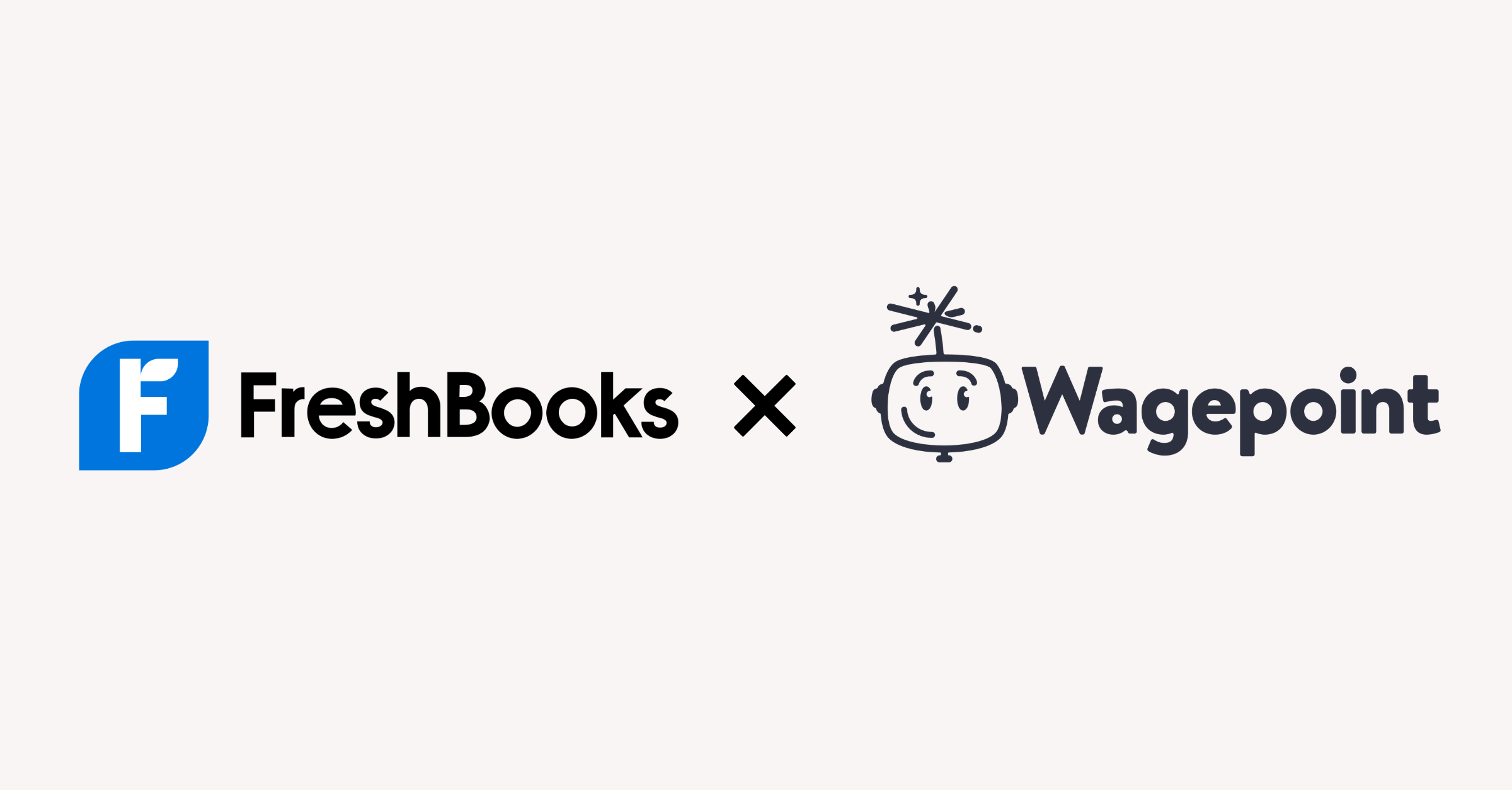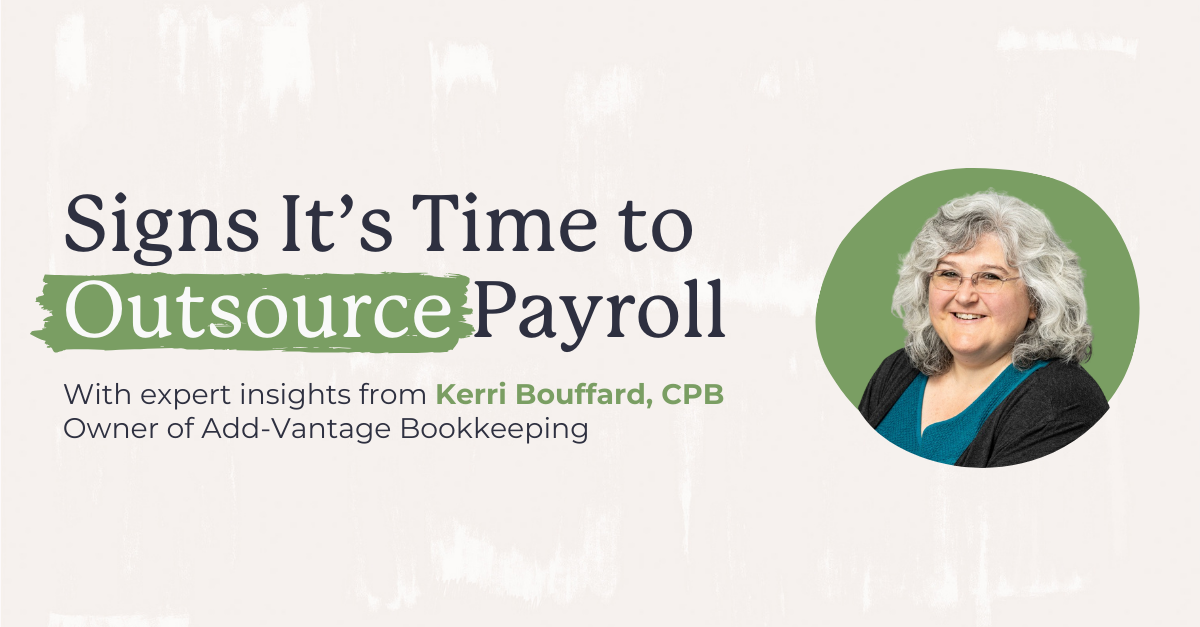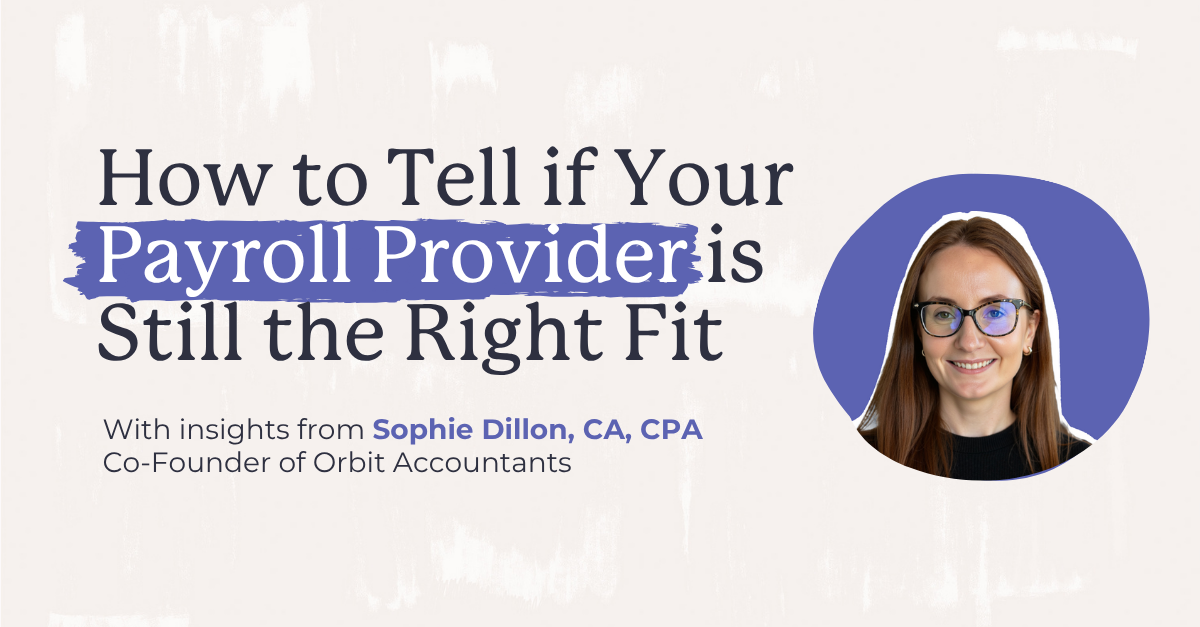Become an insider!
Get our latest payroll and small business articles sent straight to your inbox.
If you’re a growing small business, chances are you’ll have to hire an employee at some point.
No matter what job they’ll be hired for, as an employer, you have to be prepared with a game plan to find and secure the best talent in the most efficient way.
After all, hiring can be more expensive than you think – between the time and resources dedicated to finding a new hire, plus the salary, benefits, and tax costs associated with an extra person in your business, things can add up pretty quickly.
And if you’re confused as to where to start, you’re not alone: in a recent survey, nearly 42% of small business owners polled claimed hiring new employees was their biggest challenge.
But even if you need to hire quickly, rushing through the process can lead to some costly mistakes. In fact, you can lose an average of $14,900 per year for every bad hire!
So don’t let a bad hire diminish your hard-earned success. We’ve outlined some ways to create the best hiring plan for your business, without breaking the bank.
Know When to Hire
Pro Tip: Don’t spend money hiring unless you need to.
Before you spend the time and money on a new hire, you need to make sure a new employee is necessary.
No matter if you’re self-employed or already have a handful of employees working for you, you should be busy without being completely overworked.
Wagepoint’s CEO Shrad Rao puts it this way: “The trick is learning to balance the workload and accepting that there are some things you won’t be able to get done unless you hire a new person. When the list of those things start to pile up, you know it’s time to add someone to the team.”
In other words, a new hire should alleviate some pressure without stalling productivity. The point is to delegate some tasks so you can focus on other, more important aspects of your business.
After all, you’ll be spending a lot of money on a new employee over time – so make sure the increase in manpower is worth it.
Create a Realistic Timeline
Pro Tip: Stick to a hiring timeline to save time (and money).
In an ideal world, you would be able to hire someone the day you need them.
But in reality, the average time to fill a position is 37 days, depending on your industry.
You have to post the job, wait for applications, conduct interviews, and take care of all the necessary paperwork before the new hire’s first day.
Generally, the longer it takes to fill an open position, the higher the associated cost will be. So reducing that cost means reducing the time it takes to get through the hiring process.
First, set pre-determined dates for each step in the process. Decide how long the job posting will appear, select a few days and time slots to conduct interviews, and set a start date for the new employee. And of course, try your best to stick with the timeline at all costs.
Second, make sure your job posting is thorough and specific. The more specific you are about the job’s expectations, duties, and required skills, the more qualified your applicants will be. Though you may not have hundreds of applicants to choose from, the dozen or so that you do get will match your requirements a lot better.
Third, make hiring a priority during your timeline. Naturally, there are other regular tasks that need completing during the hiring timeline, but put hiring at the top of your to-do list.
No matter what, always keep in mind your industry. If you’re looking for a specialized skill set, it may take longer to find the right person – so be prepared and create a realistic timeline.
Calculate the Real Cost
Pro Tip: Research extra costs outside salary associated with a new employee.
Salary is a known expense when hiring, but most business owners forget that salary only covers about 70% of the total cost of a new employee.
The other 30% comes from taxes and benefits like retirement plans, health insurance, and paid vacation days.
Even if you don’t offer a long list of employee benefits, you still have to spend an additional amount of time and money taking care of employee taxes, supplies and resources, and payroll. Calculating those costs is crucial to deciding if you can afford a new employee at all.
Payroll is a necessary expense when you have employees – either in terms of time or money (or both). Whether you decide to (tediously) run it by hand or use a simple payroll software like Wagepoint, you have to pay your employees somehow. There are a few things to know that can help you get started.
Despite all these financial considerations, don’t get scared by the numbers; hiring a new employee usually increases company productivity and drives growth, which translates into more money in your pocket overall.
Don’t Lose Money On a Bad Hire
Pro Tip: Hire right the first time.
Why go through the motions of hiring an paying an employee, only to find out later they were the wrong choice?
Bad hires can cost your company thousands per year, and will likely not stick around for long (costing you even more when it comes time to replace them).
And a poorly-chosen employee doesn’t only affect the bottom line – they can also decrease company morale, cause drama in the workplace, and cut down productivity. The last thing you need is less money and a negative work culture.
Rushing through the hiring process can lead to bad hires. So even if you’re pressed for time, make sure you’re going through each candidate thoroughly.
Don’t have time to do a deep dive on every applicant? Go with a hiring agency for your industry that can pull from a large reserve of top talent. Though you will likely have to pay for an agency’s services, they can definitely help you find the right hire in a pinch.
Track Your Applicant Sources
Pro Tip: Find the best sources of applicants for future hiring.
When you’re ready to post your job opening, you’re likely going to use multiple sources like social media, newspaper ads, online job boards like Simply Hired or ZipRecruiter, or referrals from current employees or network connections.
Whatever route you take, make sure you ask applicants how they heard about you. This simple question gives you some insight as to where the best applicants are finding your posting, and where you should continue to post for new hires.
For example, if your online posting is blowing up with applicants but your newspaper ad has no leads, you know not to spend the money on the ad the next time around.
You can easily add the question to an online application, or simply ask your applicants while you’re conducting an interview.
The answer you get can save you time and money down the line when you hire more employees.
Nailing the Interview (As an Interviewer)
Pro Tip: Use the interview to find out who the applicant is – not just what their skills are.
Acing the interview is not just a necessity for the applicant – it’s a huge test for the interviewer, too.
Because in reality, applicants are judging you, your work style, your company atmosphere, and your business at large just as much as you’re judging them.
So being organized and thorough as an interviewer is crucial to get the right talent to take the deal.
Avoid asking close-ended questions or probing about the information you could have easily gotten from their resume; instead, craft a simple, short list of thorough questions that get to the heart of who the applicant is and how they would fit into your business.
While the questions you ask are important, paying attention to the verbal and (non-verbal) responses is important, too. Body language in an interview can tell a largely different story even if the candidate’s answers are on point with what you’re looking for.
Get Your Ideal Candidate to Say “Yes”
Pro Tip: Don’t make an offer you can’t afford.
Of course, you want your first choice to accept your job offer.
But sometimes, what you can afford to offer won’t secure your ideal candidate.
To reduce the chances of getting turned down, state clearly the salary range in your job posting. That way, even if candidates want to negotiate, they already know a realistic range they can expect.
If you can’t compete within your industry salary-wise, look to add benefits that can bolster your offer. Not just things like health insurance and vacation, but also in-house perks like lunches or skills training that boost work culture and make employees feel like you’re investing in them.
And the biggest thing to avoid: making promises you can’t keep.
Even if you’ve found the perfect candidate, it may not work out if you can’t provide them what they demand. Don’t blow your hiring budget unless you’re absolutely sure the candidate is worth it.
As you’re extending offers, don’t hesitate to contact your first choice ASAP. Taking too long to make an offer is a leading cause of rejection, so once you’ve made your decision, let them know! This also gives you the chance to make an offer to a second choice quickly if needed.
Onboarding Starts Before the Hire
Pro Tip: The quicker you get a new hire incorporated, the better.
Onboarding is usually seen as a post-hire necessity.
And that’s true – onboarding is a structure made for new hires. But the process of successfully onboarding a new employee starts before their first day.
One of the most important pieces of onboarding is communicating the expectations and tasks associated with the new role. That includes not only formal rules and policies, but also information about company culture and how people in the company communicate and operate.
This can be easily incorporated into the application and interview processes. You can include expectations in the application, and get a feel for how an applicant will fit into the company culture based on their interview responses.
The sooner you can start onboarding a new hire and get them comfortably incorporated into your business, the more productive and successful they’ll be. And successful, loyal employees translate into results for your bottom line!
Time and Effort Pays Off
Hiring isn’t an easy task, especially if it’s your first time.
But there are easy steps to take to simplify the process without breaking the bank.
And the good news is, if you take the time to create a thorough hiring plan the first time, the process only get easier from there.
The advice we share on our blog is intended to be informational. It does not replace the expertise of accredited business professionals.











